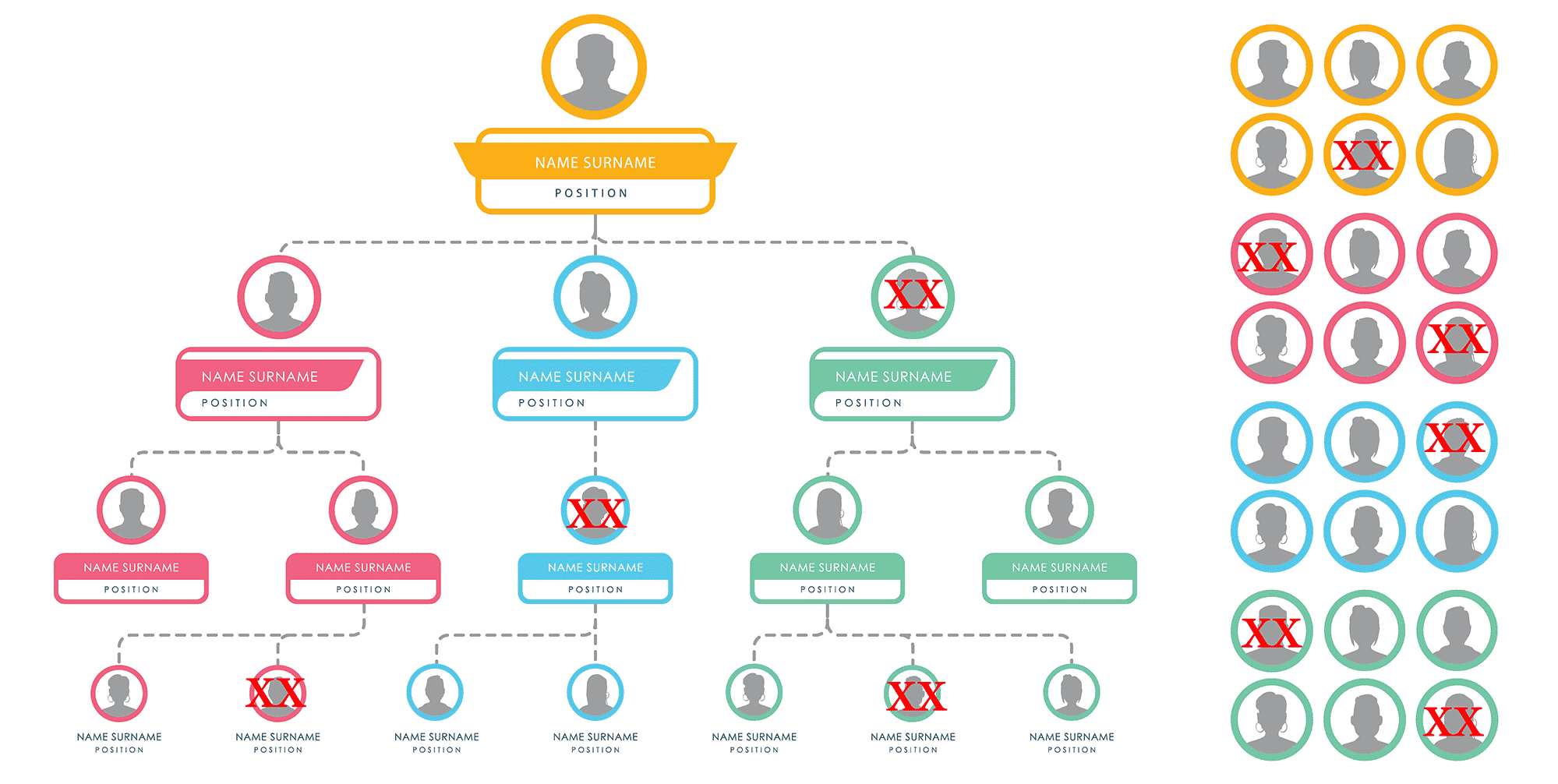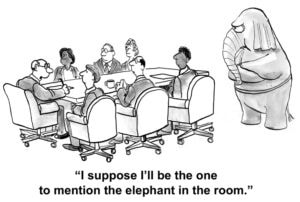Effective Feedback in Today’s Crazy Times

Feedback’s not getting easier, just a damned sight more essential.
Tom Peters once described a really unique method of communicating at a client company… he said they talked to each other. Now this was some years ago, so talking may have morphed into various forms today (email, text, etc.), but the concept is still true—personal communications is a necessity and will be crucial for leadership success in the future.
This is where you slap your head, à la Homer Simpson, with a resounding D’oh!
Our biggest challenge with feedback is usually the definition: it doesn’t mean “talking to someone,” and it certainly doesn’t mean “telling someone what you think.” Both of those may to the untrained observer, look like feedback. Neither actually is.
And it’s not simple criticism, either. See my AMA video for a discussion on this.
Let’s cut to the chase:
Feedback is information provided to another person to help him or her grow and improve.
Do I need to repeat that?? If you aren’t trying to help someone grow and/or improve, it isn’t feedback. It may be something else (and likely not something good), but feedback?
No.
Feedback neither requested nor expected is for the sender, not the receiver. Telling me that I’m fat and ugly (a bald-faced lie, by the way) does nothing to help me improve, which should be the cornerstone of any feedback effort.
And saying “well, it’s true” is no defense. Too many people wield the “truth” like some invisible sword and shield. It’s not. And in feedback, it must be balanced with the overarching need to help. So, how do we do that?
Make it personal. Feedback needs to be directed to someone specifically to be relevant. All-hands communications are so frequently ignored, they’ve lost all effectiveness for real feedback. Though face-to-face is best, video works well also, as can telephone or emails, or even text (decidedly least effective) directed to a specific individual, with specifics on the feedback topic.
And never forget; we need to communicate in a manner that can be best received by the other person. Decide in advance whether you’re trying to win, or to change behavior. Your communications—style, method, frequency—will then drive how you execute that feedback.
Be timely. Note, I didn’t say immediate. If you are so fired up right now because someone made such an egregious error that you would like to strangle them, “timely” means waiting until you can give feedback in a way that can be best received by that same person (see above). Preferably sans strangulation.
Being timely also means delivering feedback when its relevance can be understood and acted upon if necessary. This usually (barring the notable “strangulation exception” mentioned earlier) means as soon as practical to the event, behavior, or action driving the feedback subject.
Feedback must be two-way. Here’s the formula: The more we share relevant parts of ourselves—what we like, don’t like, expect, demand—the more others understand and trust us. The more they trust us, the more they share, and the more we share together, the higher the overall level of trust between us.
Trust is the very currency of leadership; we simply cannot succeed without it This is one of the few things that will not change in future years. What may evolve, however, is the manner in which trust is created, built, and fostered.
We must accept—insist on—regular feedback from those we lead. Find a way that works; you can always start with getting good at providing feedback yourself, and consistently asking for same. Some may still be hesitant, and you’ll need some help. 360s are a great tool for this. My Start-Stop-Continue worksheet can sometimes lower the resistance.
Feedback—helpful, relevant, and regular—will be essential to building trust today, tomorrow and beyond, and trust is essential to leadership. Without trust, there can be no discretionary effort; without discretionary effort, we only get what we pay for. Is that really what we want?
I vote no.










